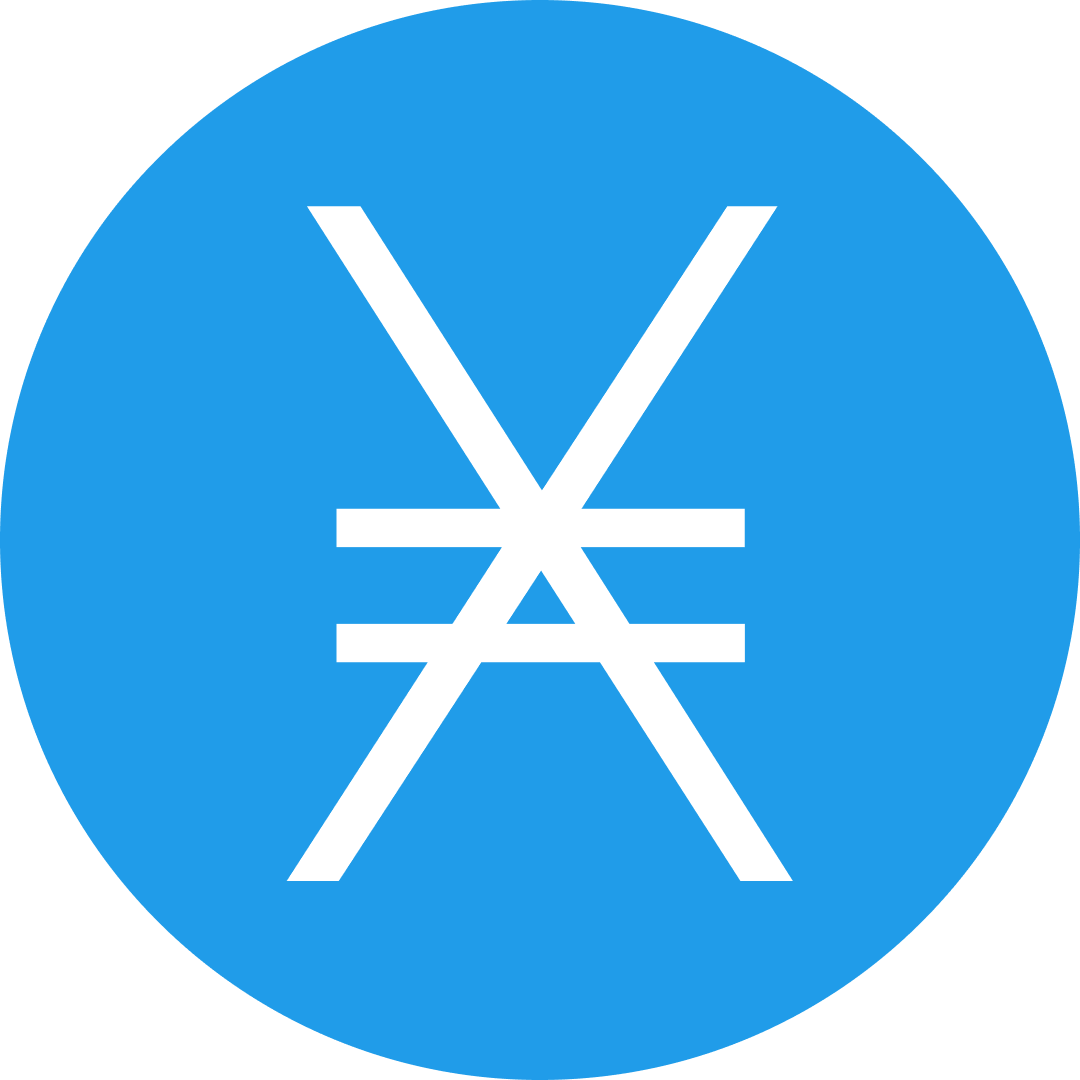-
 bitcoin
bitcoin $103128.103252 USD
-3.33% -
 ethereum
ethereum $3437.127692 USD
-4.86% -
 tether
tether $0.999700 USD
-0.02% -
 xrp
xrp $2.403993 USD
-5.73% -
 bnb
bnb $961.374676 USD
-4.11% -
 solana
solana $154.938665 USD
-8.18% -
 usd-coin
usd-coin $1.000113 USD
0.03% -
 tron
tron $0.298122 USD
0.30% -
 dogecoin
dogecoin $0.172428 USD
-5.76% -
 cardano
cardano $0.557625 USD
-7.13% -
 hyperliquid
hyperliquid $38.740701 USD
-6.51% -
 chainlink
chainlink $15.306051 USD
-7.51% -
 bitcoin-cash
bitcoin-cash $507.558648 USD
-3.26% -
 stellar
stellar $0.281899 USD
-6.74% -
 unus-sed-leo
unus-sed-leo $9.241811 USD
0.57%
How to use the API of OKX platform?
OKX's API offers programmatic access to trading, market data, and account management via endpoints accessed using various languages (like Python). Securely manage API keys and understand authentication & response handling for robust applications.
Mar 14, 2025 at 06:56 am
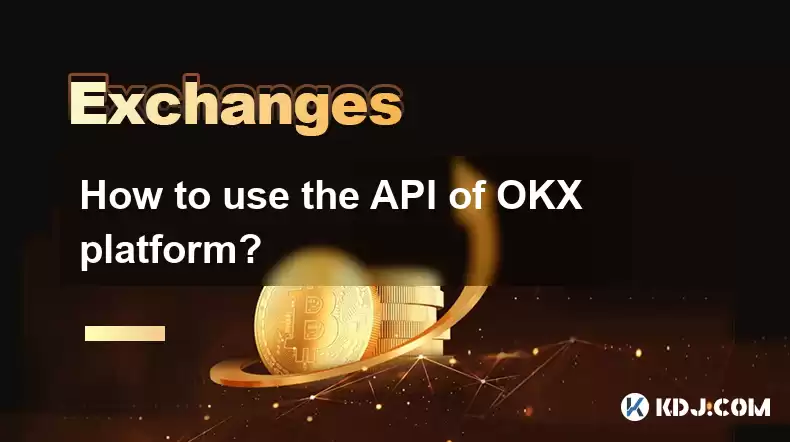
- Understanding OKX's API structure and authentication methods.
- Navigating the different endpoints available for trading, market data, and account management.
- Implementing API calls using various programming languages (Python example provided).
- Handling API responses and error codes effectively.
- Securing your API key and secret for enhanced security.
The OKX API provides programmatic access to a wide range of functionalities on the OKX exchange. This allows developers to build custom trading bots, analyze market data, and automate various aspects of their trading activities. Understanding the API's structure and authentication is crucial before you begin. The documentation on the OKX website provides comprehensive details on available endpoints and their parameters.
Authentication and API Keys:Before making any API calls, you need to generate API keys and a secret key within your OKX account. These credentials are essential for authentication. Never share your secret key with anyone. OKX uses API Key and Secret Key authentication. You will typically include these in the headers of your API requests. The exact method depends on the specific API endpoint and your chosen programming language. Always prioritize secure storage of your keys to prevent unauthorized access.
Understanding API Endpoints:OKX offers a variety of API endpoints categorized by functionality. Key categories include:
- Market Data: Retrieve real-time and historical market data, including ticker information, order book snapshots, and candlestick data. This data is vital for developing trading strategies and market analysis tools.
- Trading: Place and manage orders, cancel orders, and retrieve your open orders. This allows automated trading systems to execute trades based on defined parameters.
- Account Management: Access account balances, retrieve transaction history, and manage your API key settings. This provides crucial information for monitoring your trading activity.
Many programming languages can interact with OKX's API. Let's look at a simplified example using Python. You'll need to install the requests library (pip install requests).
import requests
# Replace with your actual API key and secret
api_key = "YOUR_API_KEY"
api_secret = "YOUR_API_SECRET"
# Example: Get account balance
url = "https://www.okx.com/api/v5/account/balance"
headers = {
"OK-ACCESS-KEY": api_key,
"OK-ACCESS-SIGN": "YOUR_SIGNATURE", # Requires signature generation (see documentation)
"OK-ACCESS-TIMESTAMP": str(int(time.time() * 1000)) #Unix timestamp in milliseconds
}
response = requests.get(url, headers=headers)
print(response.json())This example demonstrates a basic API call. Note that generating the OK-ACCESS-SIGN requires hashing your API key, secret, timestamp, and request parameters according to OKX's API documentation. This is crucial for secure authentication. The code above is incomplete and requires further development to handle the signature generation.
API responses from OKX typically come in JSON format. It's crucial to parse this JSON data to extract relevant information. Successful responses usually contain the requested data. However, error responses will include error codes and messages, guiding you towards troubleshooting. Proper error handling is essential to prevent unexpected behavior in your applications.
- Successful Responses: These contain the data requested in a structured JSON format. You'll need to parse this JSON data to extract the relevant information for your application.
- Error Responses: These usually include error codes and messages that explain the reason for failure. Careful error handling is crucial to build robust applications.
- Secure API Key Storage: Never hardcode your API keys directly into your code. Use environment variables or secure configuration files to store these sensitive credentials.
- Rate Limiting: Be mindful of OKX's API rate limits to avoid getting your IP address blocked. Implement mechanisms to handle rate limits gracefully.
- Input Validation: Always validate user inputs before sending them to the OKX API to prevent unexpected errors or security vulnerabilities.
- HTTPS: Ensure that all communication with the OKX API is done over HTTPS to encrypt your data and protect against eavesdropping.
A: The OKX API is generally language-agnostic. You can use any language with HTTP request capabilities, including Python, Java, JavaScript, C++, and more. The key is to correctly generate the request headers and handle the JSON responses.
Q: How do I generate the signature for my API requests?A: The OKX API uses a hashing algorithm (detailed in their documentation) to generate the signature. This typically involves combining your API secret, a timestamp, and the request parameters. Refer to the official OKX API documentation for the specific algorithm and implementation details. Incorrect signature generation will result in authentication failures.
Q: What are the rate limits for the OKX API?A: OKX specifies rate limits in their API documentation. These limits vary depending on the specific endpoint and your API key's usage level. Exceeding these limits can lead to temporary blocks. Always check the official documentation for the most up-to-date information on rate limits.
Q: What happens if my API key is compromised?A: Immediately revoke your compromised API key from your OKX account settings. Change your account password and implement stronger security measures to prevent future compromises. Monitor your account activity closely for any suspicious transactions.
Q: Where can I find the complete OKX API documentation?A: The comprehensive OKX API documentation is available on the official OKX website. This documentation provides details on all endpoints, parameters, request methods, response formats, and error codes. Regularly checking for updates to this documentation is recommended.
Disclaimer:info@kdj.com
The information provided is not trading advice. kdj.com does not assume any responsibility for any investments made based on the information provided in this article. Cryptocurrencies are highly volatile and it is highly recommended that you invest with caution after thorough research!
If you believe that the content used on this website infringes your copyright, please contact us immediately (info@kdj.com) and we will delete it promptly.
- DESK Token, Tokenized Real Estate, and Venture Hub: A New Era in Digital Assets
- 2025-11-12 16:55:02
- JPM Coin, Blockchain, and Public Tokens: The Future of Institutional Finance?
- 2025-11-12 17:10:00
- Ethereum's Whale Watch: Upgrade Incoming!
- 2025-11-12 17:10:00
- DOGE: Analyzing the Price and Potential – Will Dogecoin Reach $1?
- 2025-11-12 17:10:02
- JPMD, USD Token, and Base Network: JPMorgan's Blockchain Leap
- 2025-11-12 17:10:02
- Treasury Plays Evolve: Beyond MSTR with Blockchain Engineering
- 2025-11-12 17:20:01
Related knowledge
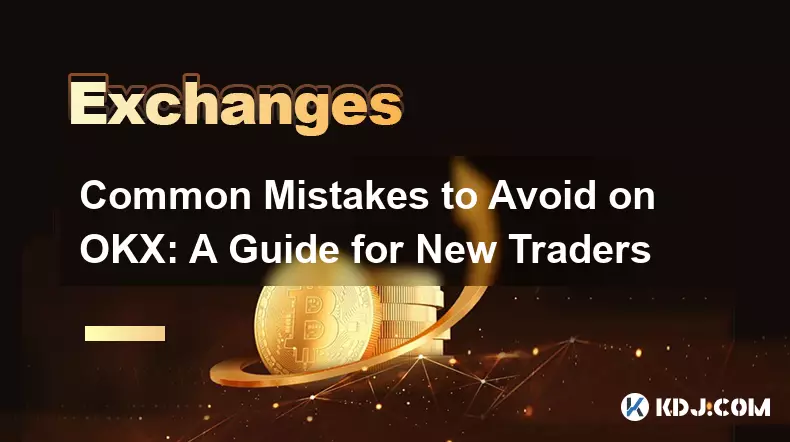
Common Mistakes to Avoid on OKX: A Guide for New Traders
Nov 04,2025 at 03:37pm
Understanding the Interface Before Trading1. New traders often jump into placing orders without fully exploring the OKX platform layout. Taking time t...

OKX TradingView Integration: A Guide to Advanced Chart Analysis
Nov 02,2025 at 03:37am
OKX and TradingView: Bridging the Gap for Professional Traders1. OKX, one of the leading cryptocurrency exchanges, has integrated with TradingView to ...

Finding Your OKX Deposit Address: A Quick and Safe Guide
Nov 05,2025 at 01:15pm
Finding Your OKX Deposit Address: A Step-by-Step Process1. Log into your OKX account using your registered credentials. Ensure you are accessing the o...

OKX Savings Guide: A Low-Risk Strategy for Earning Crypto
Nov 05,2025 at 06:55am
Understanding OKX Savings and Its Role in Crypto Earnings1. OKX Savings offers users a straightforward method to earn passive income by leveraging idl...
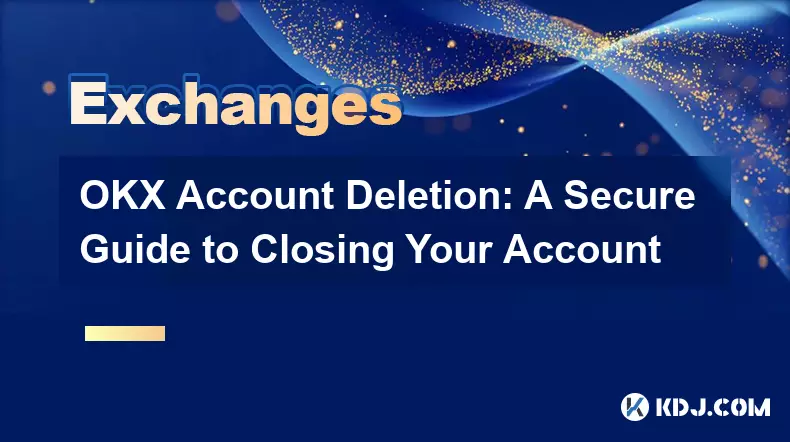
OKX Account Deletion: A Secure Guide to Closing Your Account
Nov 05,2025 at 08:44am
Understanding the Implications of Account Closure1. Closing your OKX account permanently removes access to all associated trading features, including ...
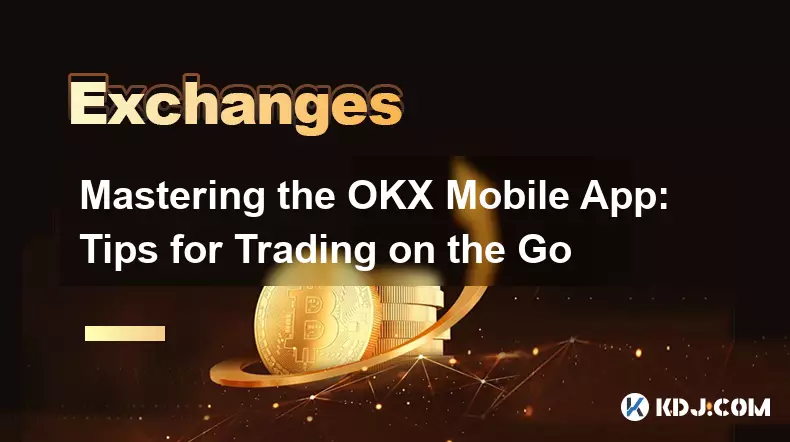
Mastering the OKX Mobile App: Tips for Trading on the Go
Nov 05,2025 at 01:19am
Streamlined Navigation for Efficient Trading1. The OKX mobile app features a clean and intuitive interface that allows traders to access key functions...

Common Mistakes to Avoid on OKX: A Guide for New Traders
Nov 04,2025 at 03:37pm
Understanding the Interface Before Trading1. New traders often jump into placing orders without fully exploring the OKX platform layout. Taking time t...

OKX TradingView Integration: A Guide to Advanced Chart Analysis
Nov 02,2025 at 03:37am
OKX and TradingView: Bridging the Gap for Professional Traders1. OKX, one of the leading cryptocurrency exchanges, has integrated with TradingView to ...

Finding Your OKX Deposit Address: A Quick and Safe Guide
Nov 05,2025 at 01:15pm
Finding Your OKX Deposit Address: A Step-by-Step Process1. Log into your OKX account using your registered credentials. Ensure you are accessing the o...

OKX Savings Guide: A Low-Risk Strategy for Earning Crypto
Nov 05,2025 at 06:55am
Understanding OKX Savings and Its Role in Crypto Earnings1. OKX Savings offers users a straightforward method to earn passive income by leveraging idl...

OKX Account Deletion: A Secure Guide to Closing Your Account
Nov 05,2025 at 08:44am
Understanding the Implications of Account Closure1. Closing your OKX account permanently removes access to all associated trading features, including ...

Mastering the OKX Mobile App: Tips for Trading on the Go
Nov 05,2025 at 01:19am
Streamlined Navigation for Efficient Trading1. The OKX mobile app features a clean and intuitive interface that allows traders to access key functions...
See all articles


























![[4K 60fps] no care by crashpancake2 (1 Coin) [4K 60fps] no care by crashpancake2 (1 Coin)](/uploads/2025/11/12/cryptocurrencies-news/videos/6913a8862890b_image_500_375.webp)








































